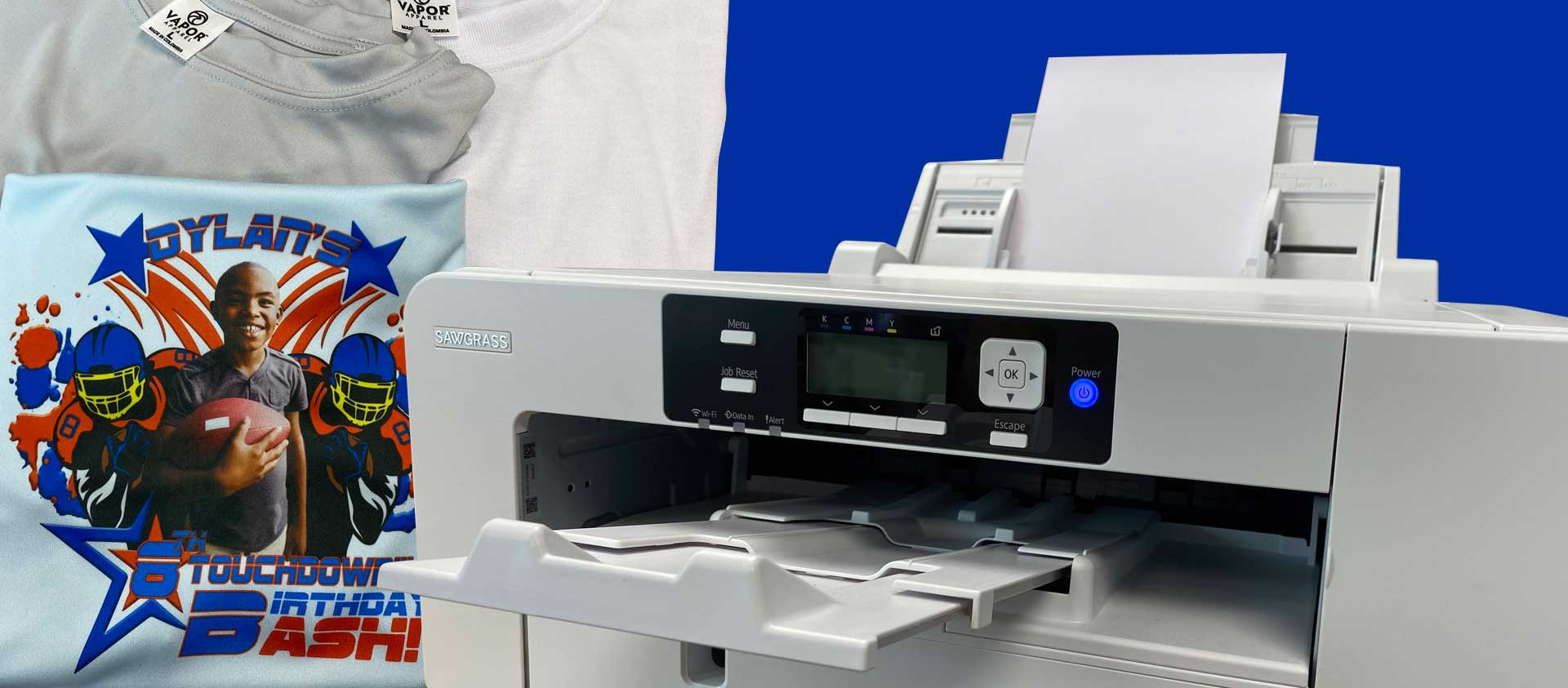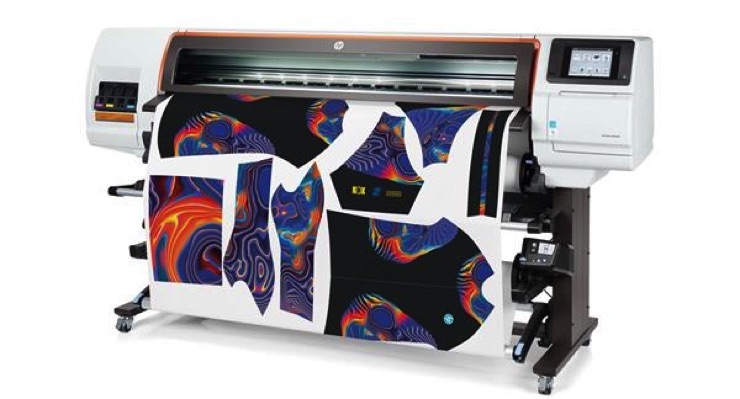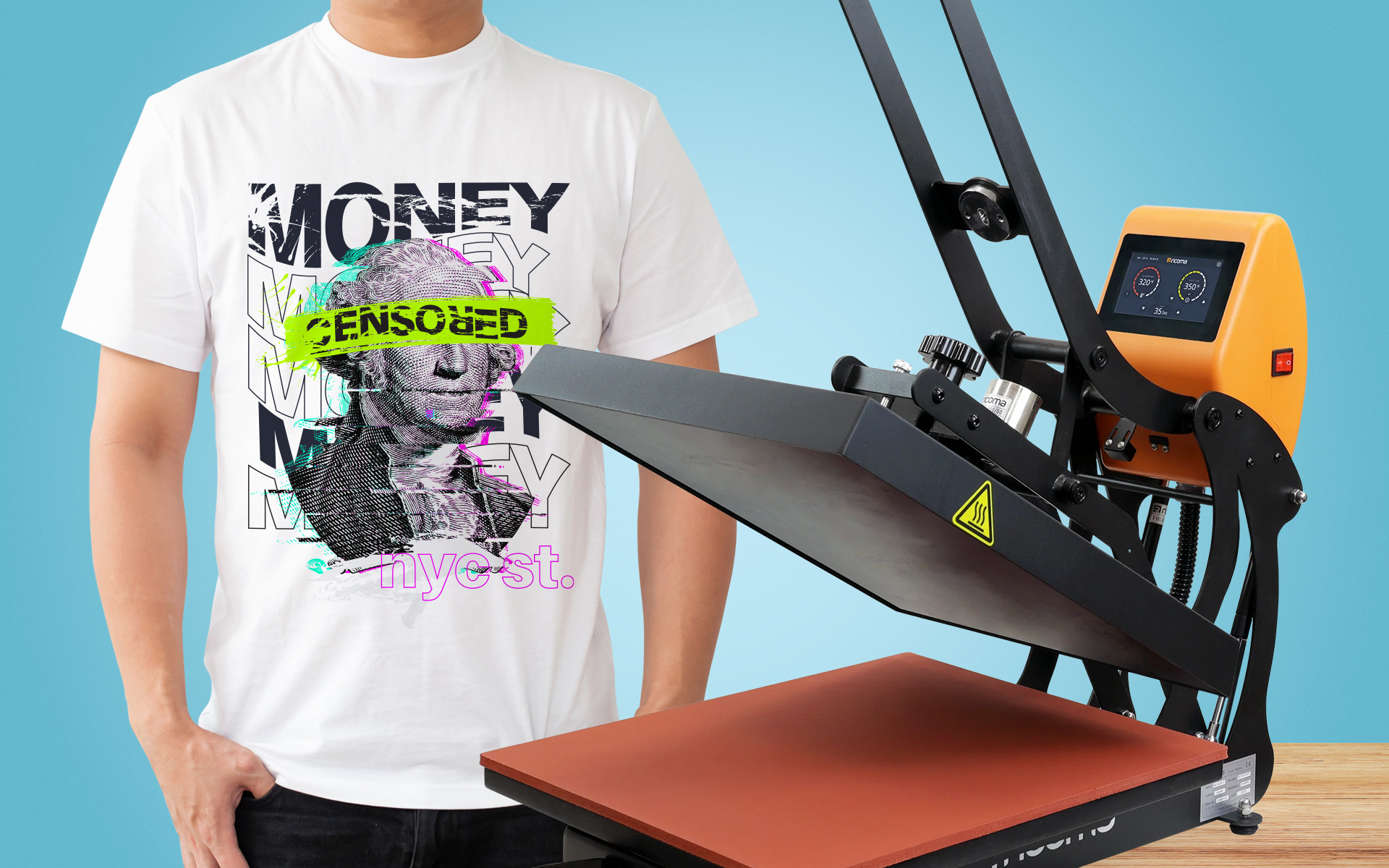The Increase of DTF Printing: Discovering Its Applications and advantages
The development of Direct to Film (DTF) printing innovation is transforming the customized clothing sector, giving remarkable benefits and a wide array of applications. Its unique capability to produce premium, lively prints on different materials without the requirement for pre-treatment dramatically enhances production processes and improves functional performance. DTF printing's flexibility to both big and small manufacturing runs makes it an eye-catching alternative for producing individualized products, such as sports team attires and business marketing merchandise. As the cravings for personalized items remains to broaden, comprehending how DTF printing can meet these advancing demands is progressively important.

Recognizing DTF Printing Innovation
Recognizing DTF Printing Innovation marks a considerable development in the textile printing market, particularly for its convenience and performance. Direct-to-Film (DTF) printing is a sophisticated process that includes printing styles onto special transfer movies, which are after that moved onto fabric utilizing warmth and pressure. Unlike conventional methods, DTF printing does not require pre-treatment of the fabric, enabling an extra streamlined operations.

Once cured, the movie is positioned onto the material, and a warm press transfers the style by applying consistent warmth and stress. This causes vivid, high-quality prints that stick seamlessly to various textile kinds, consisting of cotton, polyester, and blends (sublimation printing). The innovation's ability to produce intricate and vivid styles with minimal setup makes it a game-changer in the fabric printing field
Key Advantages of DTF Printing
One of the key advantages of DTF printing is its phenomenal adaptability, which enables for top quality prints on a variety of material types. This capability expands past traditional cotton to consist of polyester, nylon, natural leather, and even combined fabrics, making it ideal for varied textile applications. This flexibility minimizes the requirement for several printing technologies, simplifying manufacturing procedures and reducing general costs.
One more significant benefit is the superior print top quality that DTF innovation delivers. By employing vivid, resilient inks and accurate application approaches, DTF prints preserve their shade fidelity and intensity also after many cleans. This leads to a product that not just looks professional yet also stands the examination of time, offering regular value to both suppliers and end-users.
Furthermore, DTF printing provides a simplified process, which can bring about boosted efficiency and productivity. Unlike conventional approaches such as display printing, DTF does not require complex configuration or substantial drying times. This simplicity of use makes it an appealing choice for organizations of all dimensions, enabling quicker turnaround times and the ability to deal with tiny to large production keeps up minimal trouble.
Applications in Custom-made Garments
In the realm of custom garments, DTF printing stands apart as a game-changing technology that enables developers and suppliers to produce bespoke apparel with unparalleled information and high quality. Direct-to-film (DTF) printing has revolutionized the personalized fashion industry by supplying adaptability in style, vivid shade reproduction, and resilience. This cutting-edge technique enables detailed styles to be moved onto a large range of textiles without jeopardizing the integrity of the product.
One significant application of DTF printing remains in creating custom-made t-shirts, hoodies, and sports apparel. The ability to publish complex graphics with great information and gradients makes it ideal for tailored clothes, such as group uniforms and advertising merchandise. In addition, DTF printing is particularly helpful for one-off items and limited-run orders, offering a cost-efficient and effective solution contrasted to traditional display printing methods.
Furthermore, DTF printing has opened up new methods for stylist to trying out distinct patterns and textures, enabling the production of cutting-edge, progressive collections. This innovation likewise sustains local business and independent musicians by decreasing the barriers to access in the custom clothing market. Eventually, DTF printing is improving the landscape of customized clothing, combining artistic expression with technical advancement.
Flexibility Throughout Different Materials
Structure on the advancements in custom-made clothing, DTF printing's convenience throughout different products this page even more improves its charm. Unlike traditional printing techniques, DTF (Direct-to-Film) printing can be put on a substantial series of substrates, including cotton, polyester, blends, leather, and also hard surfaces like wood and glass. This adaptability is attained with the special procedure where layouts are printed onto a special movie and after that transferred onto the material making use of a warm press. This permits lively, top notch prints that retain their stability throughout different textures and structures.
The capability to print on varied products opens up countless possibilities for businesses throughout various markets. For instance, in the marketing you can check here items industry, firms can customize a vast range of things, from tote caps and bags to cups and phone situations, all with the very same printing technology. In the fashion market, DTF printing enables designers to trying out elaborate patterns and vivid colors on unconventional textiles, pressing the borders of creativity.
Additionally, DTF printing's compatibility with different products likewise converts to cost-efficiency and decreased waste, as manufacturers can make use of the exact same equipment for several applications. This flexibility not just broadens the scope of item offerings however likewise enhances functional effectiveness.
Future Prospects of DTF Printing
As the marketplace evolves, the future potential customers of DTF printing are poised to revolutionize numerous markets through continual technology and technical advancements. The rise in need for tailored clothing and marketing items is driving the requirement for more reliable, flexible, and cost-efficient printing techniques. DTF printing, with its capability to produce top quality, resilient prints on a wide variety of materials, stands at the forefront of this transformation.
Arising fads suggest that DTF printing will progressively integrate with automation and AI technologies, boosting manufacturing rate and decreasing labor costs. Advanced software remedies will certainly even more optimize design accuracy, shade matching, and print consistency, addressing several of the present limitations. Additionally, eco-friendly inks and recyclable transfer movies are expected to obtain grip, aligning with international sustainability goals.
As study and advancement initiatives continue to increase, the scope of that site DTF printing will likely widen, opening brand-new methods for creative and commercial applications. In recap, the future of DTF printing is intense, promising substantial improvements and broader market fostering.
Verdict

Comprehending DTF Printing Innovation marks a significant development in the textile printing sector, especially for its convenience and performance. Direct-to-Film (DTF) printing is a sophisticated procedure that includes printing styles onto special transfer films, which are then moved onto material utilizing heat and stress. DTF printing is especially beneficial for limited-run orders and one-off pieces, supplying a effective and affordable option compared to typical screen printing methods.
Unlike typical printing techniques, DTF (Direct-to-Film) printing can be applied to an extensive array of substrates, consisting of cotton, polyester, blends, leather, and also tough surfaces like timber and glass.DTF printing technology is changing the custom-made apparel market by providing reliable, affordable, and functional services for generating dynamic layouts on various textiles without pre-treatment.